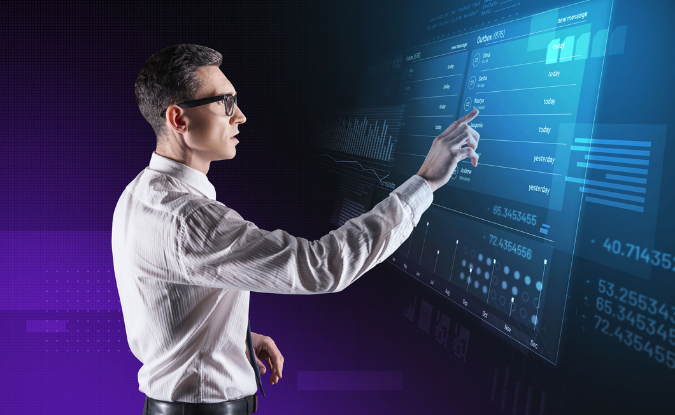The workforce is experiencing turbulence. We've heard about the “Great Resignation” where 47 million Americans voluntarily quit their job in 2021. When combined with other market forces, such as baby boomers retiring and millennials growing into new roles; a global pandemic which forces pharma companies to run their plants around the clock and refineries needing to pivot oil production to respond to volatility, uncertainty, complexity, and ambiguity (VUCA) environments. New solutions are required to adapt to the current environment so that business can thrive.
This starts with embracing technology that can attract and retain the next generation of workers as well as empowering them with the skills they need to reimagine manufacturing. This means upscaling and upskilling the organization. In addition to leveraging new industrial data, placing employees on cross-functional teams, which include people of different viewpoints and experiences, will allow organizations to benefit from this knowledge more broadly.
What is Industrial AI?
Enter: “Industrial AI.” This is not just artificial intelligence (AI), but, artificial intelligence that is specific to the manufacturing space, because it is important to understand the industry in addition to understanding data analytics.
Transition in the workplace is a huge challenge. As Jim Harris says in the video above: “One of the staggering things that I’ve read is that 50% of the workforce in America are Millennials and Gen Z’s. And, by 2025, that will be at 75%. This exodus of boomers from the workplace with all this knowledge, deep domain knowledge of manufacturing processes, is causing an urgency for organizations to begin capturing this knowledge. We often think it's AI or people.” He then asks, “How can we capture that knowledge from the plant floor that’s leaving as people are retiring?”
This is an important question. It's not just people who have been in a manufacturing job for a long time that are retiring and leaving with their knowledge. It can be disruptive to an organization when people in manufacturing roles leave the organization, taking their knowledge and experience with them. This is where technology and AI can help. When industrial data can be captured and utilized in a smart way, it can make workforce transitions easier. There’s also a need to simplify the way software is built and deployed so that workers can become effective in their jobs quickly. Another way to capture knowledge is to have cross-functional teams, made up of people with a different set of eyes and experiences, work together so that knowledge is shared.
We’re all living in a VUCA environment. It’s more important than ever to not just run operations as we've always known them, but to have the flexibility to respond to changing marketplaces, workforces and to changing customer demands as they arise by asking “do we presently have the systems and structures to enable us to respond in real-time?” By keeping these in mind, we can identify the technology and the workplace knowledge needed to keep the workforce productive and the enterprise competitive.






Leave A Comment